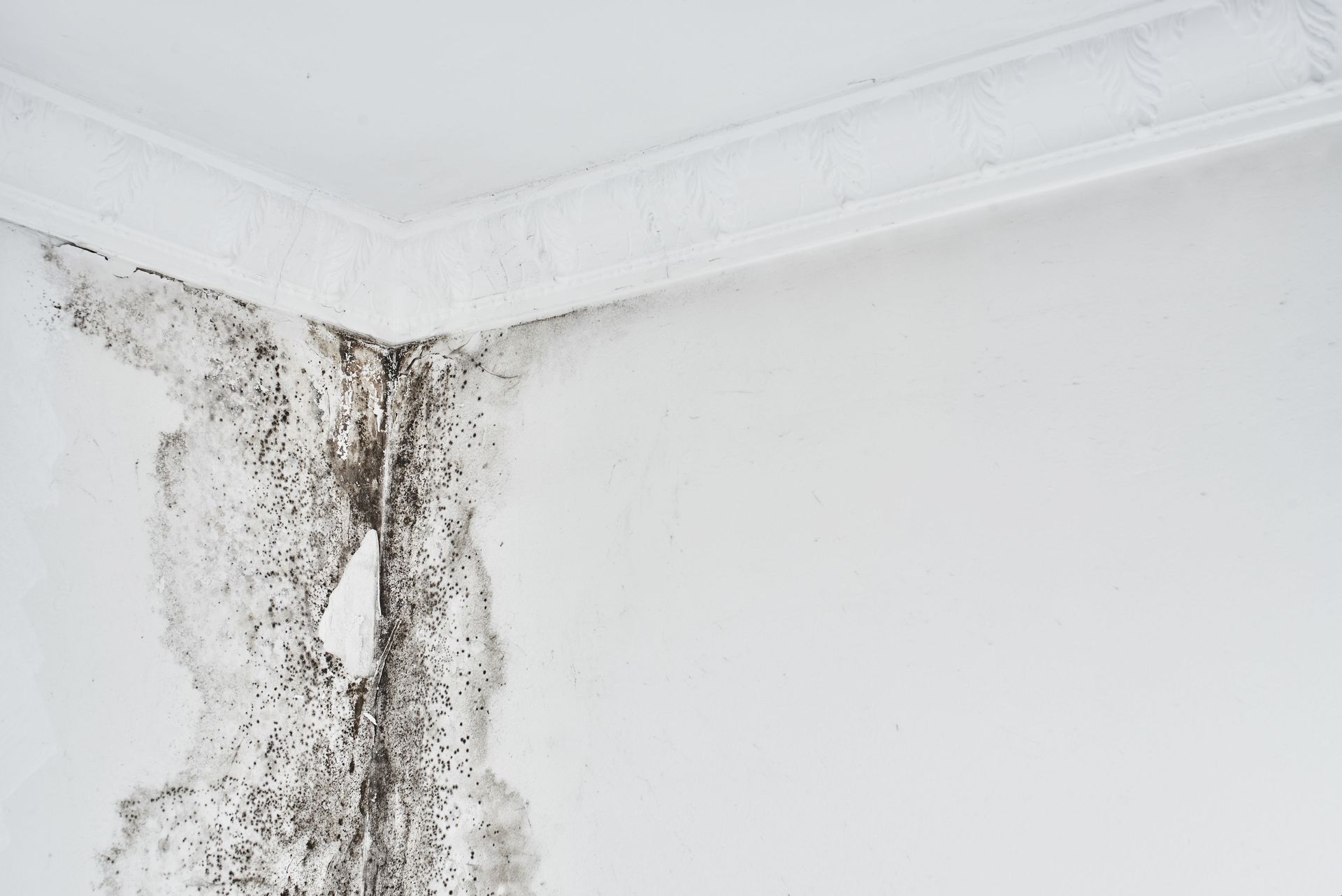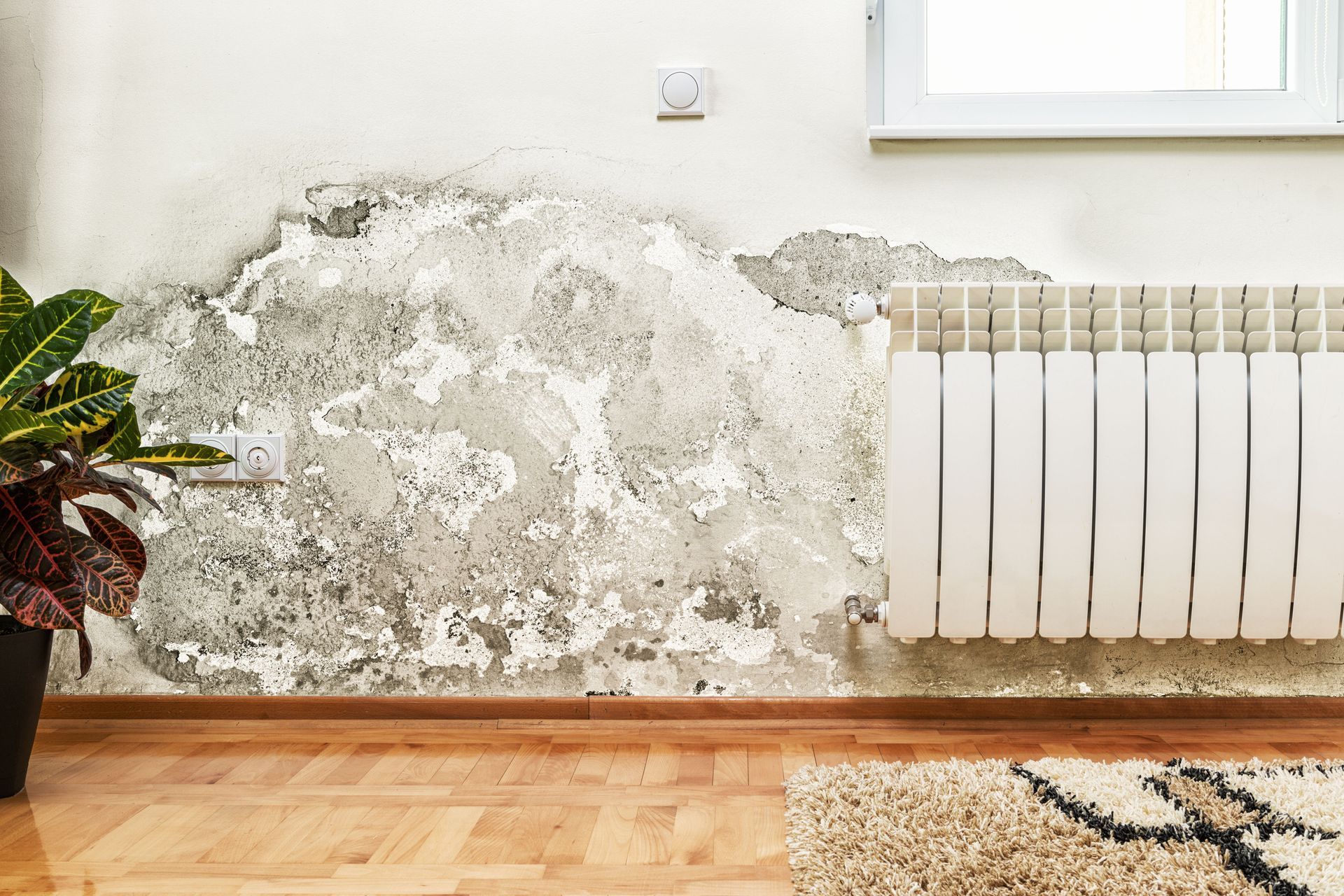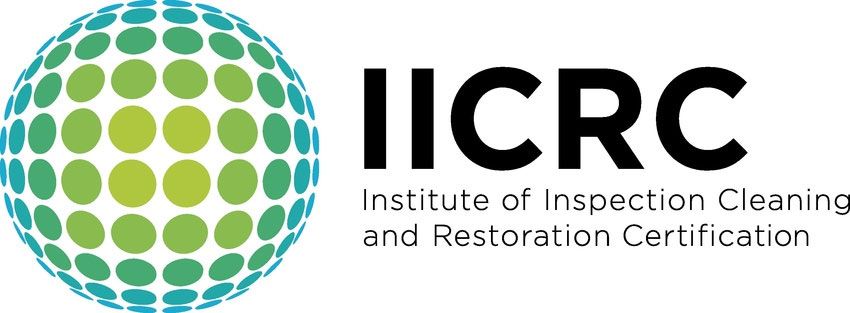6 Areas in Your Home Most Vulnerable to Water Damage
Water damage is a common challenge homeowners face, leading to costly repairs and potential health hazards. Homes are often exposed to water issues due to aging infrastructure, environmental conditions, or plumbing failures. Even small leaks or unnoticed moisture can slowly compromise walls, floors, and ceilings, resulting in extensive restoration needs over time. When left unaddressed, moisture can escalate, causing structural damage, warping, or mold growth. Excess humidity and standing water not only threaten a home’s integrity but can also create conditions conducive to bacteria and allergens, impacting indoor air quality. According to Home Gnome, indoor moisture levels need to stay below 60%, with the ideal range being 30% to 50%, highlighting the importance of timely interventions. Regular monitoring, early detection, and professional water damage restoration can prevent minor issues from turning into costly repairs. Understanding the areas most at risk allows homeowners to take preventive measures and implement water damage repair solutions before problems worsen. Below, we explore six home areas vulnerable to water damage and practical strategies to protect them, along with tips to maintain a safe and dry environment.
1. Protect Basement Areas With Proper Waterproofing
Basements are particularly prone to water damage restoration needs due to their location below ground. Signs of moisture include musty odors, water stains, peeling paint, or warped wood. Mold growth may also appear if water exposure persists. Basement flooding can result from heavy rainfall, poor drainage, foundation cracks, or plumbing failures like burst pipes or malfunctioning sump pumps. To prevent water damage, homeowners can install waterproof membranes, seal cracks, add French drains or sump pumps, and use water-resistant paint.
Regular inspections of the basement, especially after storms, are essential for early detection. Installing water sensors in vulnerable corners can alert homeowners to leaks before damage spreads. Maintaining proper grading around the home ensures water flows away from the foundation, minimizing potential flood issues. Additionally, keeping gutters and downspouts clear can prevent water from pooling near the foundation. By combining waterproofing techniques with consistent inspections, proper drainage management, and moisture monitoring, homeowners not only protect their basements but also reduce the frequency and cost of water damage repair over time.
2. Detect Roof Leaks Early With Regular Maintenance
Roofs are the first line of defense against water damage. Water stains on ceilings, missing shingles, or unusual odors can indicate leaks that require timely water damage restoration. Severe weather, aging shingles, or poor installation can crack, curl, or loosen roofing materials. Maintaining shingles and scheduling professional inspections helps identify hidden issues and repair them promptly, reducing the likelihood of interior damage.
Gutters also play a vital role by directing water away from the home. Clogged gutters can cause pooling on the roof, increasing leak risks. Regular cleaning and ensuring downspouts direct water away from the foundation can prevent damage. Additionally, adding gutter guards can minimize debris accumulation, reducing maintenance needs. Homeowners should also check flashing and seals around chimneys, skylights, and vents to ensure water does not seep through weak points. By combining proactive roof inspections with consistent gutter upkeep and attention to roof fixtures, homeowners safeguard their homes and reduce long-term water damage rebuilding expenses.
3. Prevent Bathroom Water Issues With Proper Ventilation
Bathrooms are prone to leaks from faucets, toilets, or showerheads, which can lead to water damage restoration needs if left unaddressed. Cracked tiles and eroded grout allow water to seep into subfloors, potentially causing mold. Maintaining plumbing fixtures, resealing grout, and inspecting tiles regularly reduces water exposure.
Proper ventilation is essential to prevent excessive humidity from damaging walls, ceilings, and cabinets. Installing a high-capacity exhaust fan and using it during and after showers ensures moisture is removed quickly. Opening windows when possible also improves airflow and drying. Homeowners can use moisture-absorbing materials or dehumidifiers to maintain safe indoor humidity levels. Ensuring that vents remain clean and functional, along with wiping down wet surfaces after showers, further reduces the risk of water damage. Additionally, keeping bathroom rugs and mats dry can prevent localized moisture buildup, protecting the space from costly water damage restoration.
4. Inspect Kitchen for Hidden Moisture
Kitchens are often overlooked but highly vulnerable to water damage. Under-sink areas, behind appliances, and near water dispensers are common hotspots. Leaks in these areas can warp cabinetry, damage flooring, or compromise structural elements, creating water damage reconstruction needs. Regular inspections of pipes, connections, and hoses, along with timely replacement of worn parts, prevent moisture buildup. Installing water detection alarms under sinks or near appliances provides early warning of potential leaks.
Monitoring the kitchen plumbing system is equally important. Checking water pressure and using pressure regulators helps prevent burst pipes or small leaks that could lead to major water damage. Homeowners can also routinely inspect dishwashers, refrigerators, and ice makers for worn seals or loose connections. Periodic checks behind cabinets, flooring, and around walls can reveal hidden leaks before they cause extensive damage. By staying ahead of appliance maintenance, plumbing inspections, and preventive monitoring, homeowners significantly reduce the likelihood of costly water damage restoration.
5. Monitor Attic for Moisture Problems
Though often overlooked, attics are highly susceptible to hidden water damage. Signs include water stains on beams, musty odors, or visible mold. Poor insulation allows warm, moist air to condense on cooler surfaces, promoting moisture accumulation and potential mold growth. Adequate insulation and proper ventilation, including ridge or soffit vents, help maintain airflow and prevent condensation.
Homeowners should perform seasonal attic inspections, particularly after storms or heavy snowfall, to check for leaks or moisture accumulation. Installing additional vents or fans can further improve circulation, while ensuring vents remain unobstructed prevents trapped humidity. Adding insulation baffles around vents helps regulate airflow while preventing moisture buildup. Sealing any gaps around ductwork and ensuring proper roof flashing further protects against water intrusion. Addressing attic issues early reduces the need for water damage restoration, maintains indoor air quality, and protects the structural integrity of the roof and attic space.
6. Protect Foundation With Strategic Drainage
Foundations are critical to a home's structural stability and are highly vulnerable to water intrusion. Cracks or shifts can allow water entry, resulting in flooding or structural damage that may require water damage repair. Proper landscaping, such as grading the land away from the home and planting deep-rooted vegetation, improves water absorption and prevents pooling. Installing hardscape solutions like gravel or maintaining French drains and gutter downspouts ensures effective drainage.
Routine inspections are key. Homeowners should check foundation walls and interior basement corners for early signs of water seepage or cracks. Even minor issues, if caught early, can prevent major water damage reconstruction projects. Additionally, consulting with drainage professionals for tailored solutions can provide long-term protection against moisture and structural problems. Regularly clearing debris from drainage systems, maintaining soil stability around the foundation, and ensuring proper slope away from the home further reduces the risk of water intrusion. Implementing preventive measures now can save homeowners from expensive repairs and maintain the home’s overall stability.
Protecting a home from water damage requires vigilance, timely maintenance, and proactive measures. Each area — from the basement to the foundation — faces unique risks that need targeted attention. By understanding vulnerabilities and acting early, homeowners can reduce the likelihood of costly repairs and maintain a safe, dry environment. At Premier PCS Water Restoration, we help manage water damage restoration efficiently, guiding homeowners through inspections, repairs, and remediation processes. With our expertise, we ensure your home is restored quickly and effectively. Contact us today to protect your property and address water damage with professional care.





Share On: